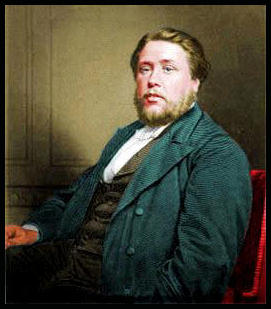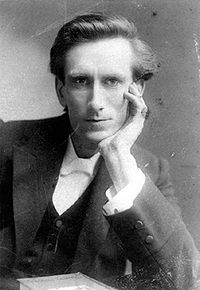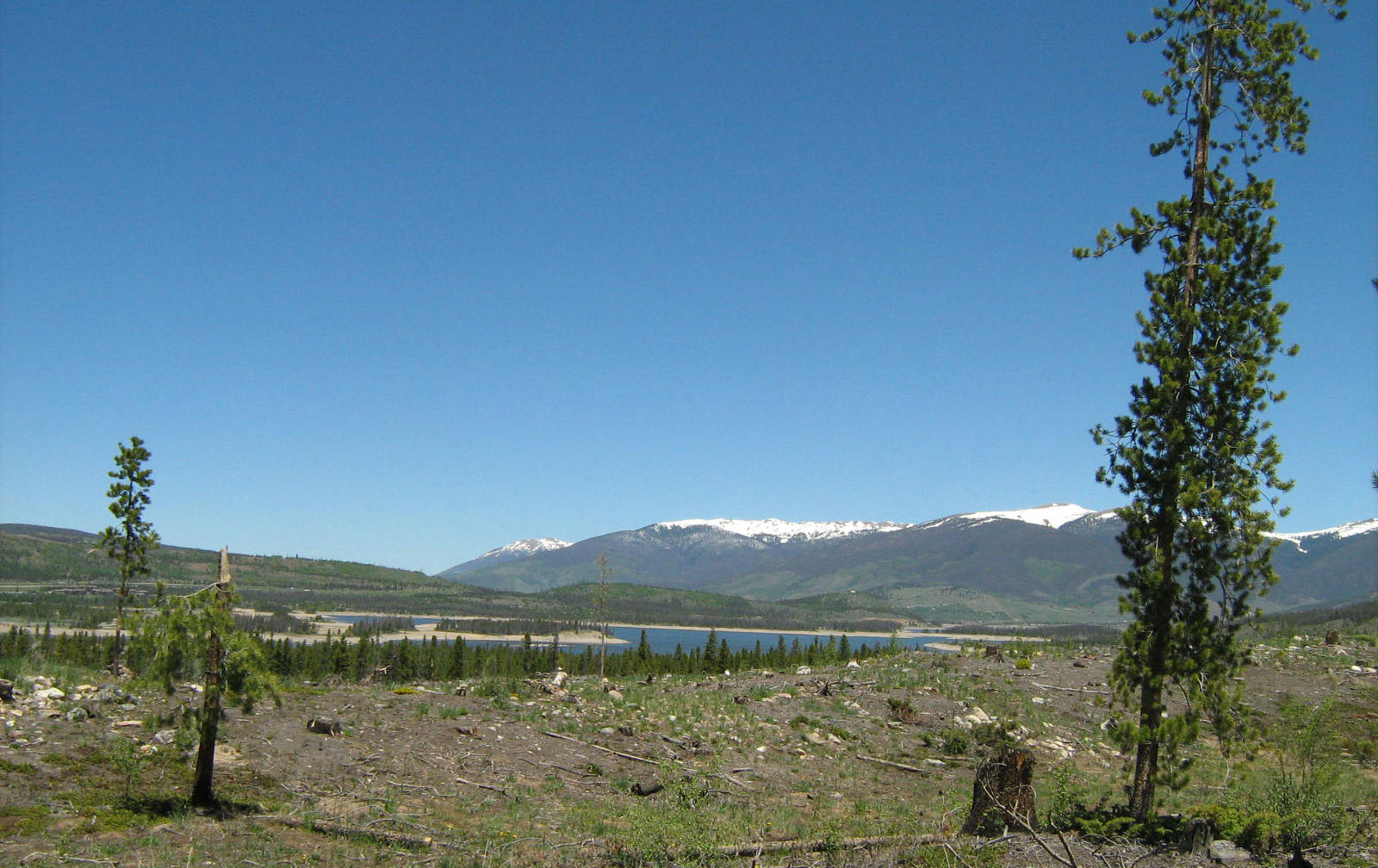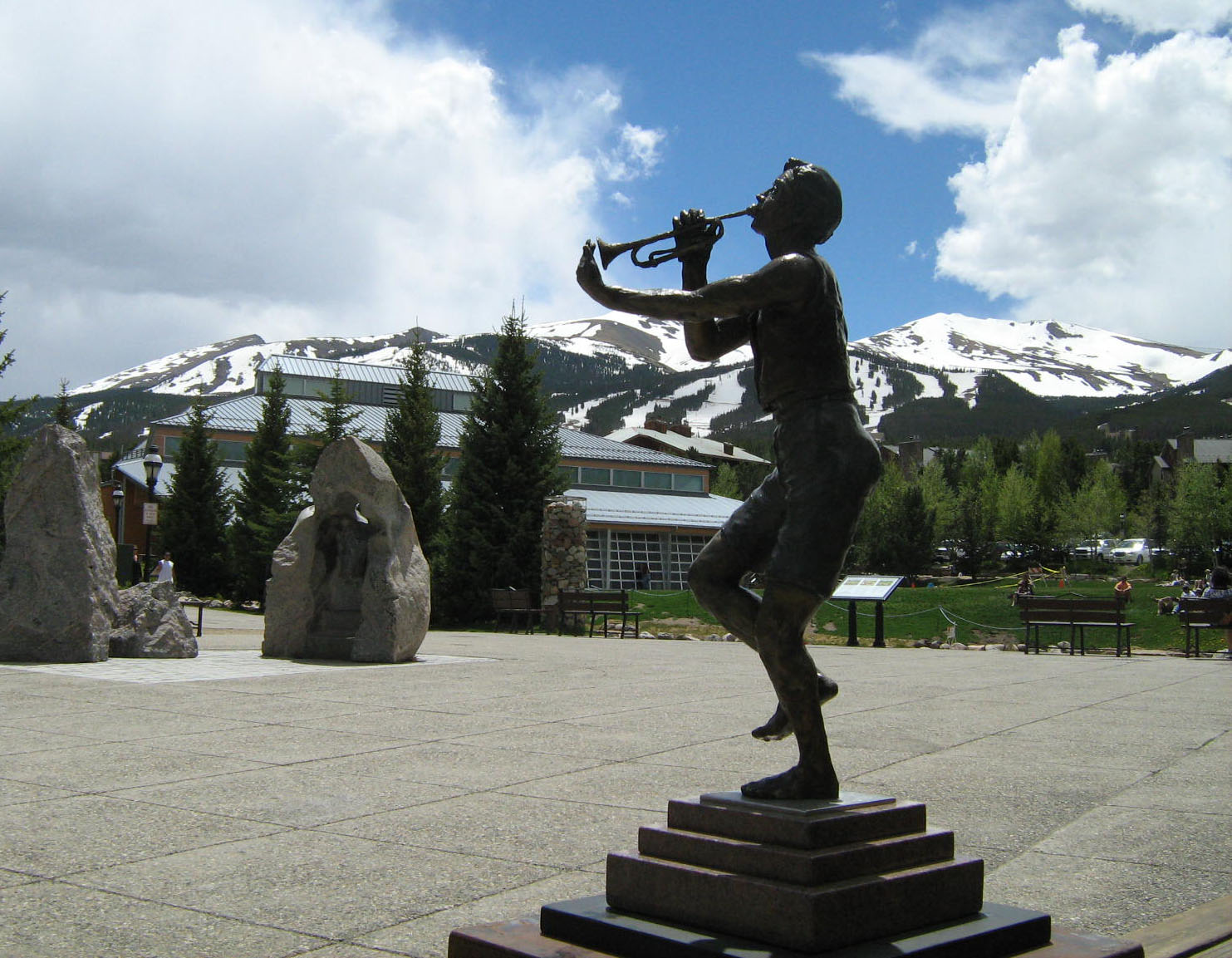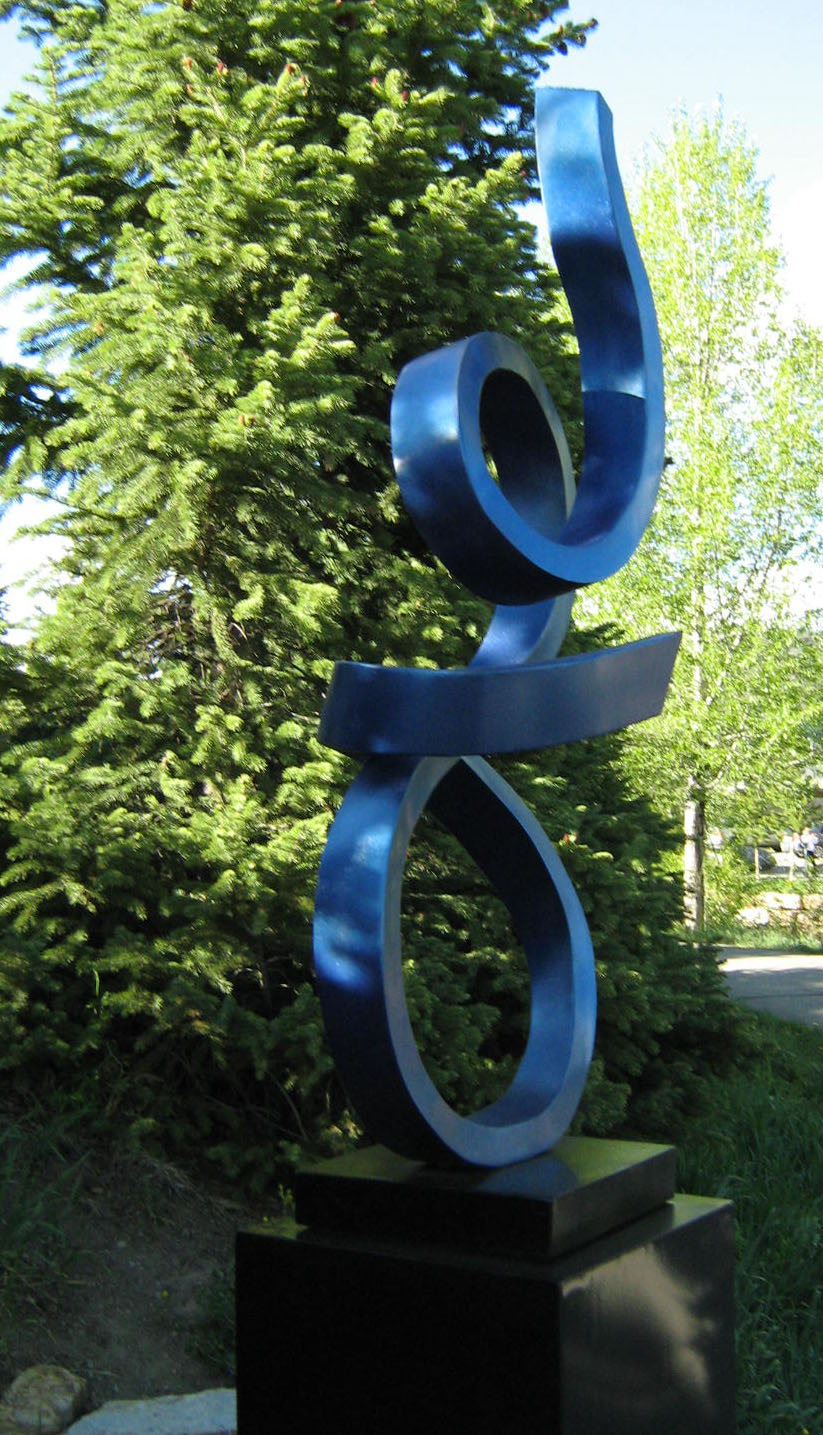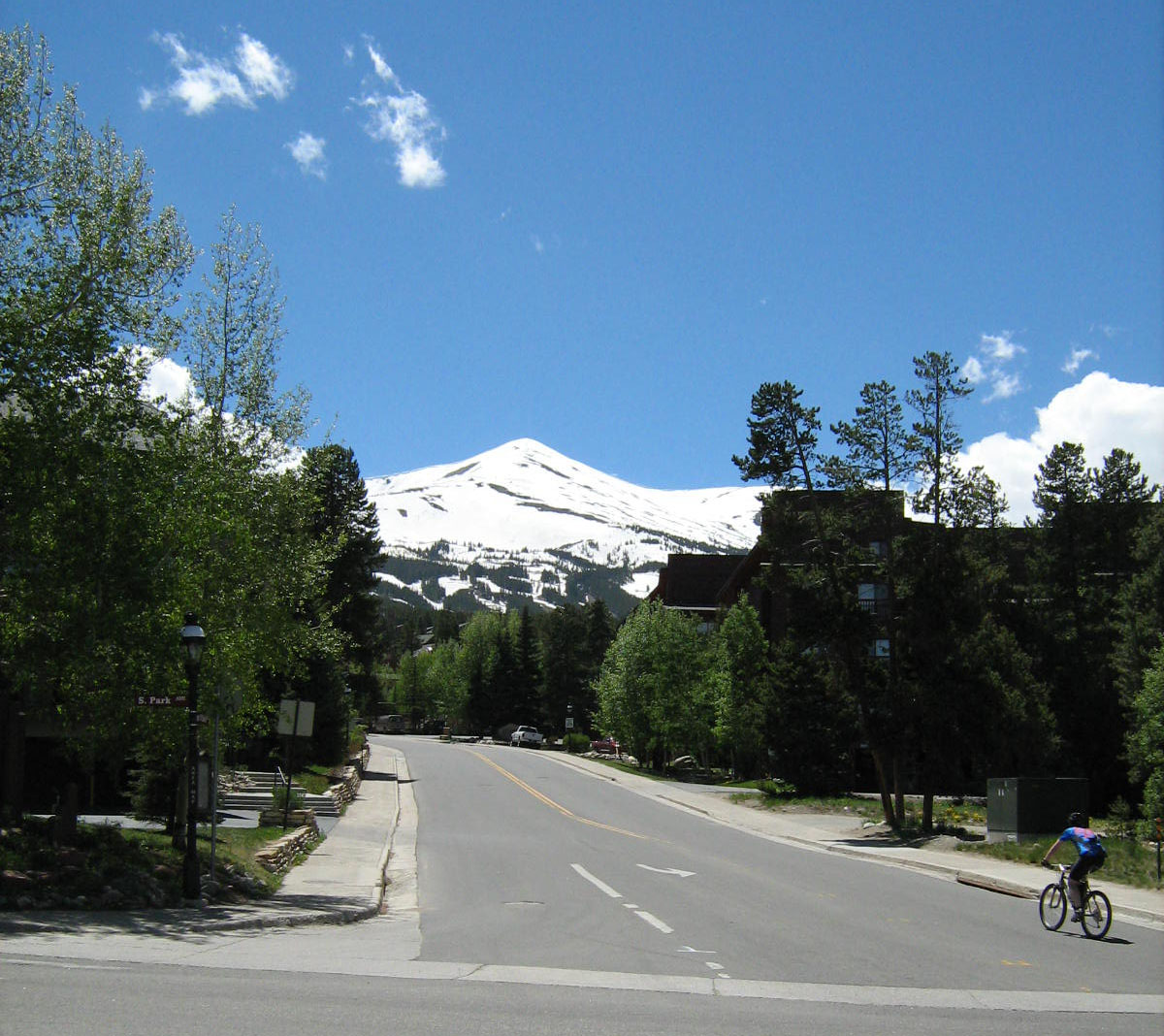 http://www.esvbible.org/Numbers+6/
http://www.esvbible.org/Numbers+6/
http://www.esvbible.org/Psalms+40-150/
http://www.esvbible.org/Song+of+Solomon+4/
http://www.esvbible.org/Hebrews+4/
THE NAZIRITE VOW (Num. 6) could be taken by any man or woman (i.e., not just a Levite) and was entirely voluntary.
It was normally undertaken for an extended period of time, and culminated in certain prescribed offerings and sacrifices (6:13-21).
The vow itself was designed to separate someone out for the Lord (6:2, 5-8), a kind of voluntary self-sacrifice. Perhaps it was marked by special service or meditation, but that was not the formal, observable side of the Nazirite vow. The Nazirite was to mark out his or her vow by three abstinences. (1) For the duration of the vow, his or her hair was not to be cut. This was so much a mark of the individual's separation to God that when the vow came to an end, the hair that had grown throughout the duration of the vow was to be cut off and burned in the fellowship offering (6:18). (2) The Nazirite was to keep out of contact with corpses. That could mean real hardship if, for instance, a relative died during the period of the vow. If someone suddenly died in the presence of a Nazirite, the inevitable defilement, which could be construed as defiling the hair that he had dedicated (6:9), had to be removed by prescribed ritual and sacrifice, including shaving off the defiled hair (6:9-12). (3) In addition, the Nazirite was to abstain from all alcohol until the termination of the vow (6:3, 20). This too was something of a privation, for wine was a common drink, not least at the great festivals. (It was common to "cut" wine with water, from between three parts water to one part wine, to ten parts water to one part wine, which made it about the strength of beer.)
The symbolism is reasonably transparent. (1) That which is holy belongs exclusively to the Lord and his use (like the laver or the ephod). The symbol was the hair, dedicated to the Lord and therefore not cut until it was offered in sacrifice. (2) That which is holy belongs to the living God, not to the realm of death and decay, which arise from the horror of sin. So the Nazirites were to abstain from coming into contact with dead persons. (3) That which is holy finds its center and delight in God. It does not need the artificial "high" of alcohol; still less does it want to be controlled by anyone or anything other than God himself.
How, then, shall members of the new covenant, in their call to be holy, dedicate themselves wholly to God, avoid all that belongs to the realm of death, and be slaves to no one and nothing save Jesus?
Numbers 6; Ps. 40-41; Song of Songs 4; Heb. 4

